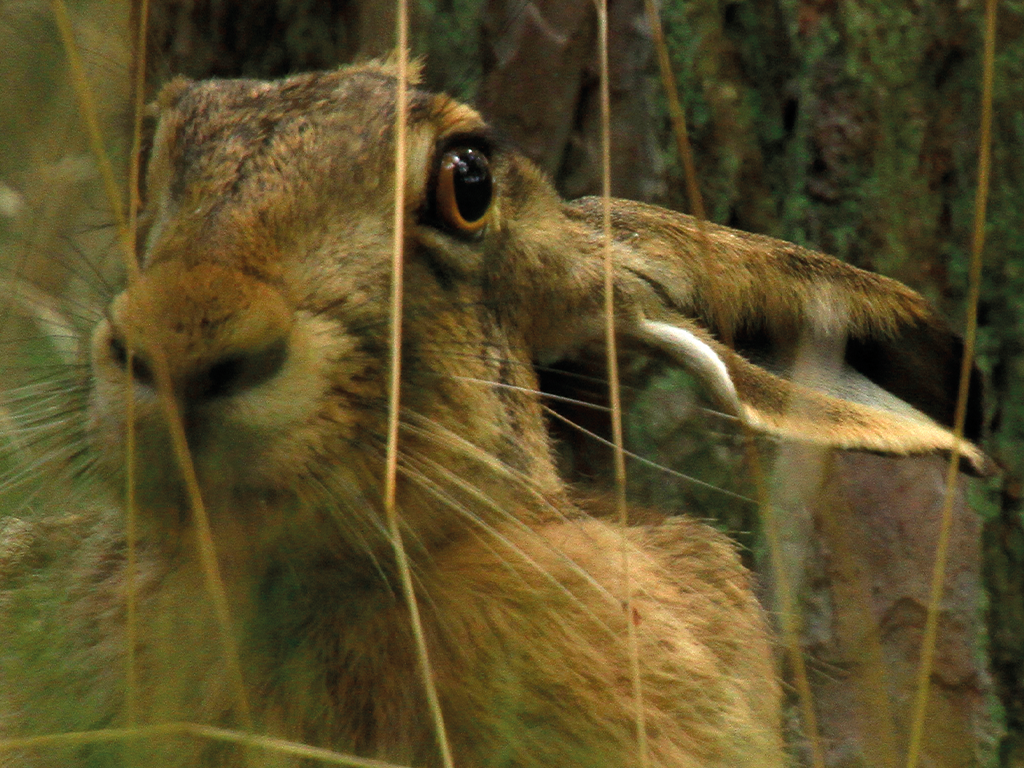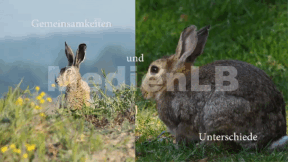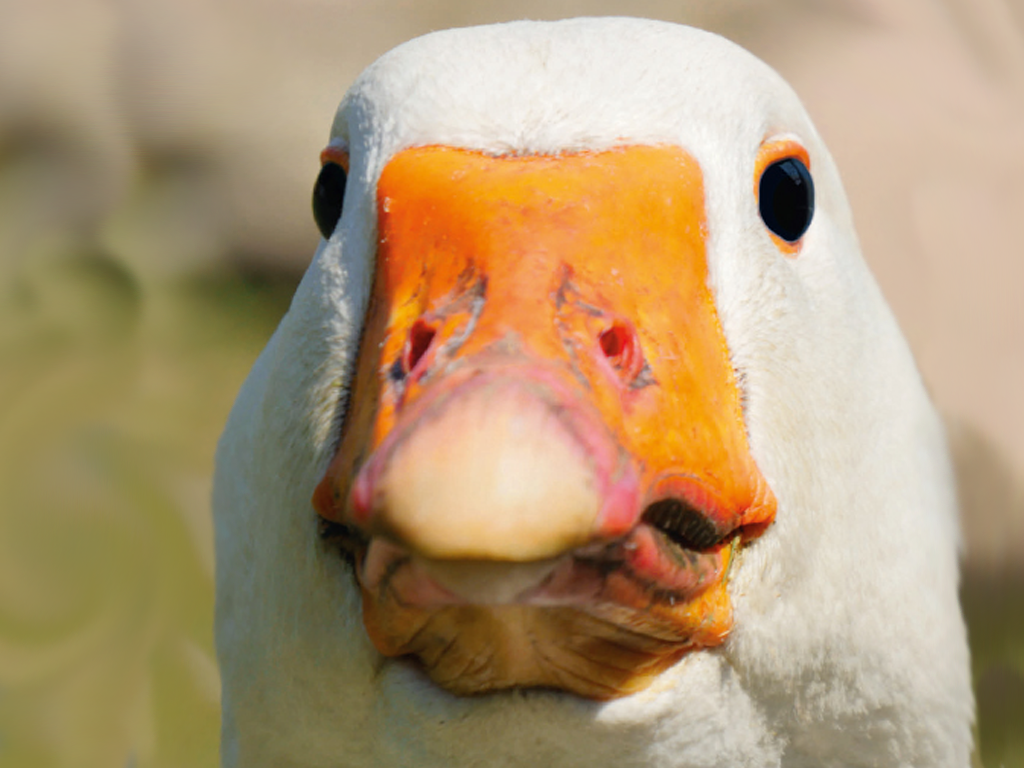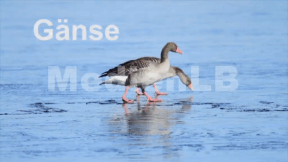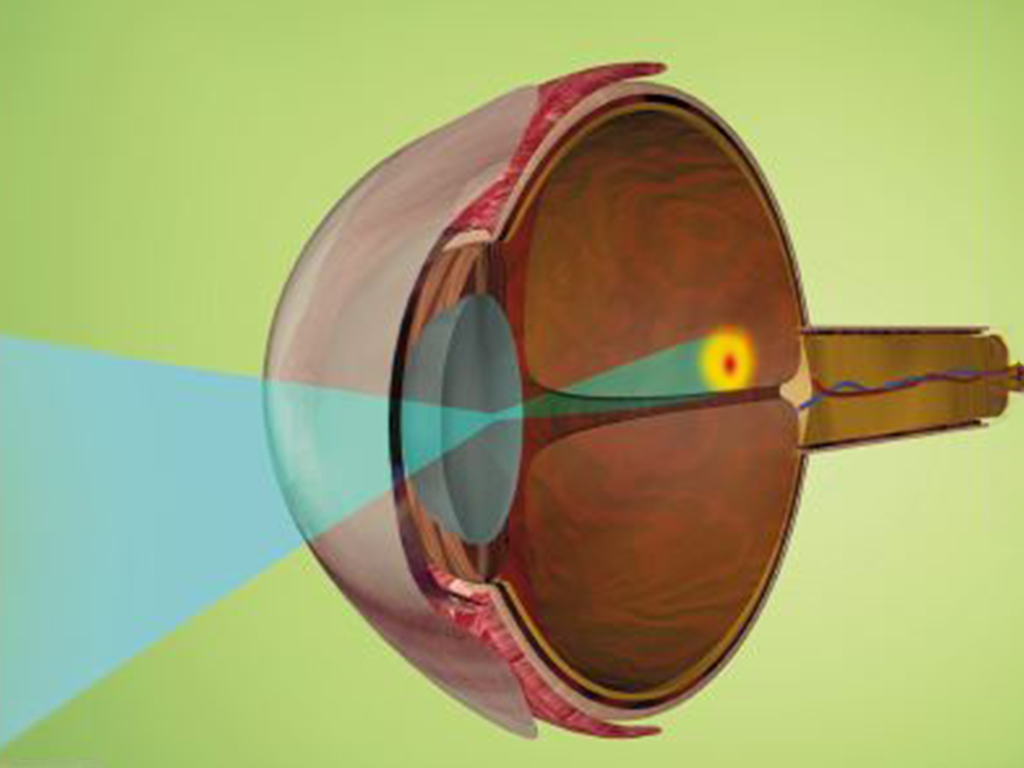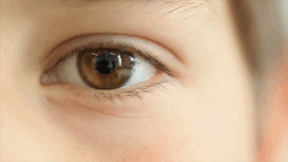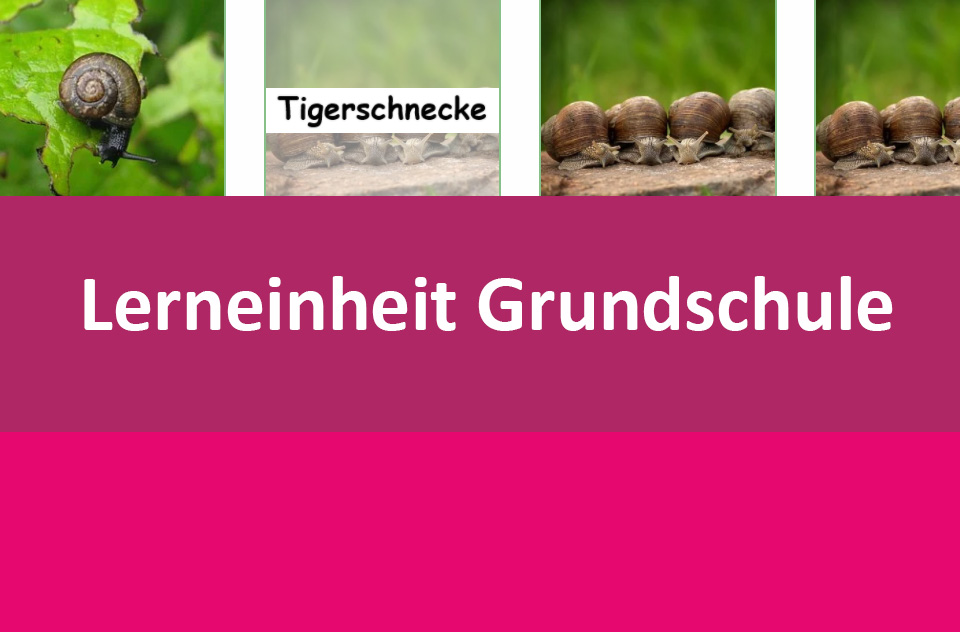
55502914
Schnecken
In 10 interaktiven Aufgaben und Videos wird Wissen zu verschiedenen Schneckenarten vermittelt und abgefragt.
Das Medium bietet H5P-Aufgaben an, die ohne zusätzliche Software verwendbar sind.
Durch interaktive Aufgabentypen wird das audiovisuelle und interaktive Lernen einfach.
Lernen macht jetzt Spaß!
Included Tasks
- I Die Schnecke - Einführung - Aufgabe mit Video
- II Die Schnecke - Finde die Wörter
- III Die Schnecke - Finde die Bildpaare
- IV Die Schnecke - Häufige Gehäuseschneckenarten - Aufgabe mit Video
- V Die Schnecke - Häufige Nacktschneckenarten - Aufgabe mit Video
- VI Die Schnecke - Ökologische Bedeutung - Aufgabe mit Video
- VII Die Schnecke - Körpermerkmale - Aufgabe mit Video
- VIII Die Schnecke - Männchen oder Weibchen? - Aufgabe mit Video
- IX Die Schnecke - Wasserschnecken - Aufgabe mit Video
- X Die Schnecke - Verwandte der Schnecken - Aufgabe mit Video
Curriculum-centred and oriented towards educational standards
Matching
Hare and Rabbit
How do we distinguish between a hare and a rabbit? At first sight, both look confusingly alike for both have long ears and a stumpy tail.
Geese
“They’re gabbling like geese”, “she’s such a stupid goose” or “silly goose”– those are commonly known sayings.




